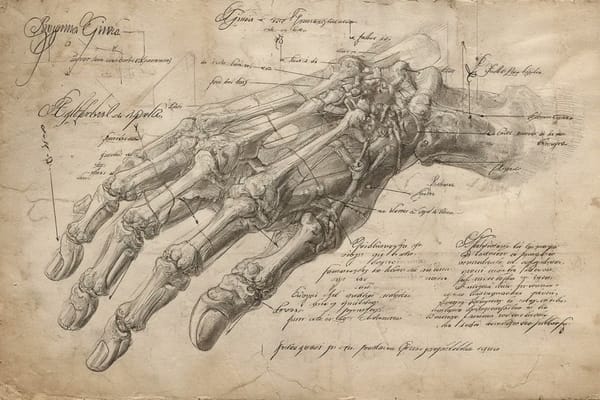Your Guide to Develop & Validate PoV

The world of sales is full of noise: gurus, coaches, experts… they all tell you the same thing: listen to the customer, build rapport, solve their problems. Well, this is not how you will close a complex sales cycle. It's the advice for servants.
A servant asks the master what he wants. An advisor tells the king what he needs to do to win the war.
If you want to sell you must stop being a servant. You must develop a Point of View for your lead.
What is a Point of View? It’s Not an Opinion.
An opinion is cheap, everyone has one. A Point of View is a thesis about the world, forged in logic and brutal honesty. It's your intellectual weapon, yes, you need to be smart to sales things!
Your POV is not about your product. Your product is just a detail, a tool. Your POV is your vision for your client’s industry. It has three parts:
- The Broken World: You must see with absolute clarity, why your client's current way of doing things is fundamentally broken, obsolete, or leading them to a cliff. You must understand the macro-economic trends, the technological shifts, the "barbarians at the gate" that they don't see yet.
- The Promised Land: You must have a clear, compelling vision of what the future looks like for the winners in their space. Not a vague dream, but a concrete picture of how they will operate, compete, and dominate.
- The Bridge: Your solution, and only your solution, is the logical, indispensable bridge to get them from their broken world to the promised land.
A salesperson sells a product. A person with a POV sells a new reality. The first one gets a commission. The second one builds an empire.
How to Develop Your POV: The Work Nobody Does
You don't find a POV by reading sales blogs or practicing scripts. You build it with fundamental work.
Three questions you'll need to keep in mind:
- Why change?
- Priorites
- Obstacles
- The cost of doing nothing
- Why [your product]?
- Future State gain
- Differentiated capability
- Customer Story examples
- Why now?
- Industry trends
- Compelling events
Why Change
Summarise the top 1-3 priorites and objectives, obstacles and if you have it, the impact of doing nothing. These should be uncovered before the Point of View (during your Customer Centric Discovery)
Why [Your product]
Uncover how your product can help the customer overcome their obstacles and deliver their ideal future state.
- Summarise your findings: the current customer experience.
- Improved new way (from > to > gain)
Example:
- From: No integration sales marketing
- To: Single view of the customer
- Gain: Average gain would 15%
Give a reference of your product. It's important:
- Customer: Ford
- From: 8% Scrap Rate, 24 hours inventory, 60 engines replaced, invested $275K
- To: 4% Scrap, 360k/year savings, 1 hour inventory 40k/month saving, 0 engines - 1.2m/year savings. Total saved: 1.5m/year
Why now
Part 3 of your PoV is Why now. Tie it all together and create urgency by sharing the impact of future state gain and a compelling event. Usually, this relates back to an industry trend, regulation or disruptor.
Summarise your findings:
- Industry Trend or Compelling Event
- Why it Matters
To conclude, I just made a whole example for you:





